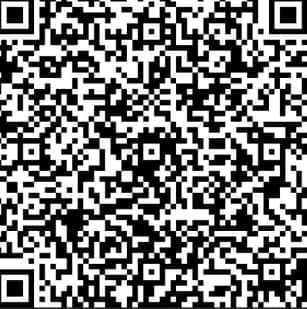










USDA Plants Database - Comprehensive Plant Information Resource
Explore the authoritative p...
Tags:Botany 地区植物数据库 植物数据库agronomy tool biodiversity conservation botany resource ecological database plant taxonomy USDA Plants Database文章目录[隐藏]
Introduction to the USDA Plants Database
The USDA Plants Database, officially accessible through https://plants.sc.egov.usda.gov, is a comprehensive resource dedicated to the classification, distribution, ecological characteristics, and uses of plants. It serves as an invaluable tool for botanists, ecologists, agronomists, and the general public interested in plant studies.
Website Access
To explore the vast repository of plant information, simply visit the official website using the provided link above.
Website Language
The USDA Plants Database primarily utilizes English, ensuring accessibility to a global audience. While the primary language is English, the database's international significance may warrant multi-language support in the future.
Product Features
#PlantsDatabase# encompasses a detailed array of plant species information, including but not limited to scientific and common names, growth environments, distribution areas, and relationships with human activities. It also offers high-definition images and thorough descriptions to facilitate easy identification and understanding of various plants.
Industries and Fields
The database spans across multiple disciplines and industries, including agricultural science, ecology, botany, and environmental conservation, making it a multidisciplinary asset.
Usage Scenarios
Researchers can utilize the #PlantsDatabase# as a vital tool for plant taxonomy studies, aiding in tracking plant evolutionary paths and supporting biodiversity conservation efforts. For the general public, the database enhances understanding of the natural world and raises ecological awareness.
Related Links
For further exploration and additional resources, consider visiting the following links:
Source of Information
This report has been compiled using information from the following sources:




